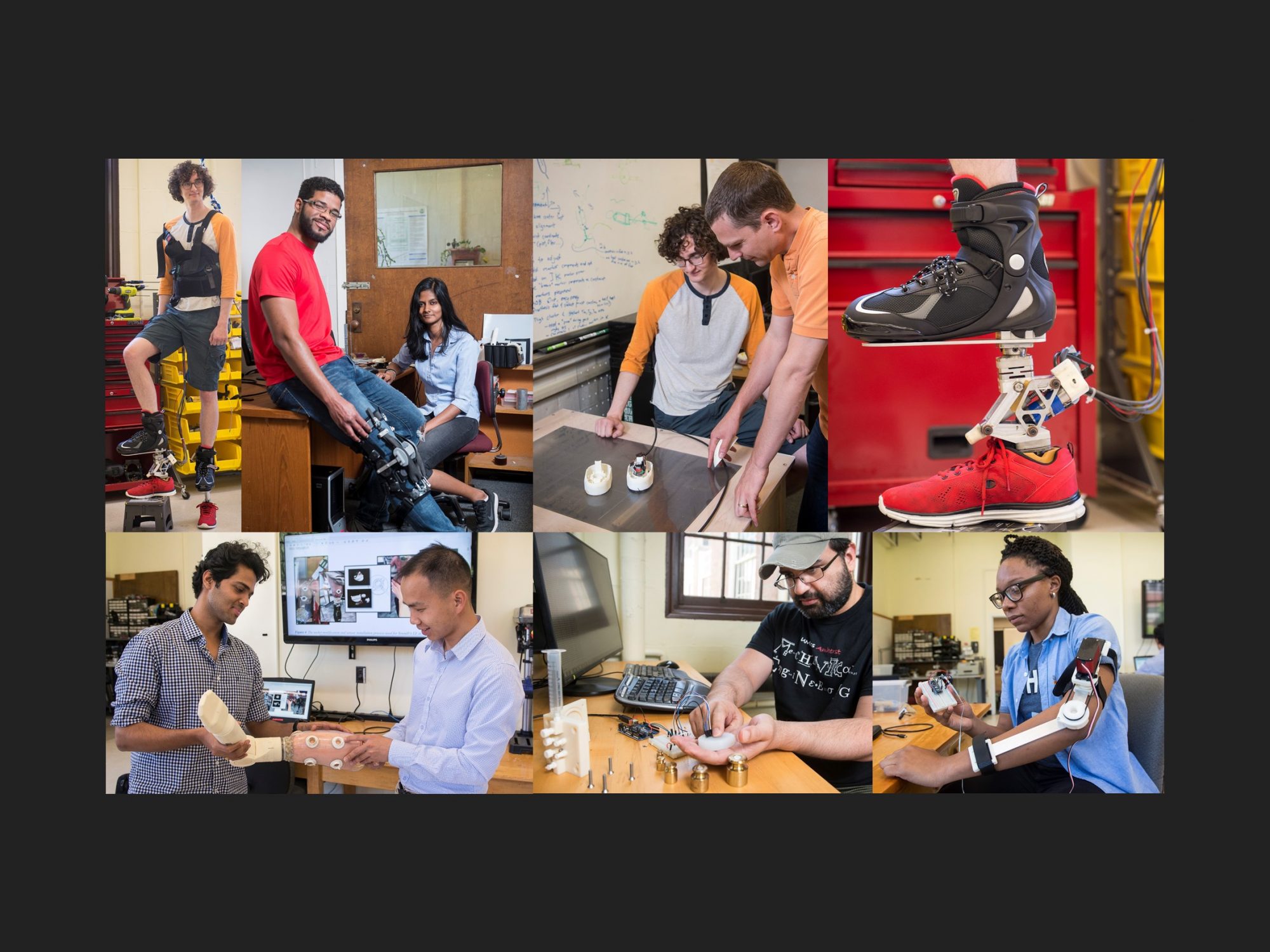[foogallery id=”723″]
One out of every 200 people in the United States has had an amputation, and from 1988-1996 38.5% of those were upper-limb amputations. While prosthetics have been in existence since ancient Egyptian times, the human-prosthetic interface remained largely unchanged until the 1960s with the advent of myoelectric prosthetics. While myoelectric prosthetics have improved amputees’ lives, the high visual demand necessary to operate them has led to amputees indicating in several surveys the need for sensory feedback. Without sensory feedback, amputees must rely on visual attention alone for precise control of the prosthesis, which can be time consuming. As a result of this, haptic feedback devices have been explored as a means of providing sensory feedback for upper limb amputees. A modular device was created during a Research Experience for Undergraduates in the MRRL to serve as a haptic feedback device for upper limb amputees. The device uses normal stimulations and is light in weight (10 g). In an experiment with five participants, 20 trials of individual stimulations and 20 trials of pattern stimulations were performed on each participant. Participants reported 86% accuracy in correctly locating a single stimulus and 97% accuracy in distinguishing between four basic stimulation patterns. Future work will compare the effectiveness of using normal stimulation against shear stimulation through experimentation and redesigns of the modules to increase performance and decrease size.
